Below is a fully revised version of a post dated 10 April 2024. This post has been translated from Dutch into English with DeepL. It will be manually edited and streamlined soon.
This is a sequel to:
Halfway through your daily walk in the forest, you suddenly hear a strange blowing sound. Then it is silent, but then you hear it again. You look around to discover where the sound is coming from. The dense greenery obstructs your view. There it sounds once more. Where the forest gives way to a single row of trees along the path, there is a freer view. And now you can see it: the blowing comes from the burner under a big yellow hot air balloon. What a thing, like a house so high! You take a picture, you can show it at home later tonight, as evidence to a good story.
But what do you actually see in that picture? A yellow hot air balloon. Or maybe lots of green plants, bushes and trees after all? Yes, the latter is definitely true. The photo shows a lot more green than yellow. A single balloon versus a large number and variety of plants. Also, the balloon is in the background of the photo and many of the plants - certainly the three oaks - are in the first row. Still, when you tell your story in the evening, it's undoubtedly only about that yellow colossus. The greenery merely figures, forming the backdrop, the wallpaper.
An hour after you took the picture, the balloon took off. Even later, you may have seen it float in the distance, heard the same sound of the burner a few more times, each time from further away.
The trees and plants, on the other hand, remained where they were. An hour after the take-off, and even now, you can safely assume, they are still there. If something does not move, it apparently does not stand out, and there is no good story to tell about it in the evening. Of all the walks you took in the forest, you can recall that one particular time when you saw the balloon. The memory of the trees and the forest, however - every walk you encountered them - has blurred into a soft background music. Pleasant, sure - after all, the proximity of greenery is the main reason for taking your walks - but within the construct of your memory, it is white noise.
The no-entry sign captures attention. You show this picture to someone and add: what do you see? Two rows of summer oaks, brambles and ground elder, drooping branches, a home and food for countless insects and birds, alternation between the light in the open field and the shade under the trees? No, no doubt the answer relates only to the road sign. Unlike the hot air balloon in the previous picture, it does not move, is as place-bound as the greenery around it. So that doesn't make the difference in perceiving or not perceiving. Perhaps the person you asked the question to will notice that the sign is bolted to a pole found on the spot. A winding broken-off branch of one of the oaks. But then again, there are so many of those in the forest, and they don't stand out at all. At least as long as there is no red-bordered road sign attached to them.
The phenomenon that the plant world does not seem to penetrate our consciousness properly is called 'plant blindness'. For our distant ancestors, who lived in wild nature, greenery was not a threat. At least not to the extent of many of the animals, which they could encounter in the forest. Green does not bite, jump out of ambush, or chase. Green formed the neutrality of shelter and it still does for us. Green does not intrude, as all red tends to do. The red border around the no-entry sign and the red chequered railway crossing with red warning lights in the picture below jump out and keep our minds busy.
Life requires exchange of oxygen and carbon dioxide. This phenomenon is found in both animals and plants, and both mechanisms are complementary to each other. What one gives, the other takes. What one exhales, the other breathes in to the full. Haemoglobin and chlorophyll, central to the oxygen-carbon dioxide carousel of animals and plants respectively, although very different in function, have a similar chemical structure. The first is built around a core of iron, the other around one of magnesium. From one, animals derive their red characteristic, the other makes plants green.
Sometimes I go browsing through a very old magazine. I found this observation test about the story of the ark. And the artist that drew this observation test did some errors, had some mistakes -- there are more or less 12 mistakes. Some of them are very easy. There is a funnel, an aerial part, a lamp and clockwork key on the ark. Some of them are about the animals, the number. But there is a much more fundamental mistake in the overall story of the ark that's not reported here. And this problem is: where are the plants? So now we have God that is going to submerge Earth permanently or at least for a very long period, and no one is taking care of plants. Noah needed to take two of every kind of bird, of every kind of animal, of every kind of creature that moves, but no mention about plants. Why? In another part of the same story, all the living creatures are just the living creatures that came out from the ark, so birds, livestock and wild animals. Plants are not living creatures -- this is the point. That is a point that is not coming out from the Bible, but it's something that really accompanied humanity.
The Roots of Plant Intelligence - Stefano Mancuso
The grass grows in between the tiles. 1. there were simply tiles and gravel 2. the grass grows annoyingly between them. Chronologically, however, things are different. 1. originally there was a lot of grass and dandelions, there were meadows, large grassy plains 2. first a few tiles were laid there, and then more and more, until the whole plain was covered. Now only a tiny piece of that is still visible. A tiny piece of the original landscape. And that's what you see in the picture above.
The two birds have found a great vantage point. They came flying in, perched down, are now sit high and dry looking around for a while, and will soon continue on their way. They will leave, the trees, of which you only see the crown, will remain. And tomorrow too, as well as all the coming year. They will outlive both birds and offer generations of their offspring the same exquisite resting place. What do you see in the picture? The actuality of the birds' resting pause or the long-term presence of greenery?
Yes, and how can you handle this image? Do you look at the cow first? Or do you look instead at the fallen willow? You can still feel the violence of the storm and hear the breaking off of roots and the splintering of wood. Even now that the tree lies there stretched out, the action echoes and continues to vibrate. And the cow, it stands dead still looking at it. This picture illustrates a plant blindness bow question.
A little blackhead. A green bush.
Go to a nearby forest or park. Find a quiet spot in the middle of greenery. Stand so that you have a good view of a healthy tree. Stand in the wu chi pose, or any other zhan zhuang pose you fancy.
View the tree from standing still. Empathy is usually easily developed by imitating the pose and gesture of the person opposite you. Observe the tree by standing still like her. Its leaves are fully unfurled to catch the sunlight in the best possible way. Spread your fingers, open your palms, relax your face.
Realise that half the tree, the entire root system, is not visible. If you are standing not too far from the trunk of the tree, it may be directly beneath your feet. Although you don't posses tree roots, you can let your gravity penetrate the earth.
Observe the delicate green leaves and reflect on the wonder of their ability to convert sunlight directly into life and growth. The breathing of a tree and your own breathing - however different in operation - complement each other, form two halves of one circle.
Practising zhan zhuang in the immediate vicinity of trees and plants gives you a lot of time and opportunity to reflect on a form of life, which is different from yours in really every aspect. It may even eventually rid you of plant blindness.
STAND LIKE A TREE?
The literal translation of 'zhan zhuang' is 'standing pole'. What inspiration can one derive from following the example of a stick hammered into the ground? Some authors point out that in the distant past in certain Buddhist monasteries, monks performed standing chi kung training on top of a sawn-off tree stump, for more challenge with regard to balance and alertness. In that light zhan zhuang might be better translated as 'standing on a stick'.
I know of no historical sources, which directly associate zhan zhuang with the life of trees. Sifu Lam Kam-Chuen, through his teachings and books, popularised zhan zhuang as 'standing like a tree'. Professor Jiao Guorui, who taught in Germany for many years, labelled the wu chi stance as 'Stehen wie ein Kiefer', 'standing like a pine'. How about a perfectly straight Douglas fir as a role model. A worthy totem for the dedicated practitioner of the wu chi stance!
Or did Jiao Guorui have more of a robust maritime pine in mind when referring to 'Stehen wie ein Kiefer'?
I would say, choose your favourite tree as a living example for your zhan zhuang practice. Besides, it is high time for us to cure ourselves of plant blindness. And exchange the chewed-out martial animal totems - bear, lion and eagle - for totems associated with fir, pine and beech.
read more:

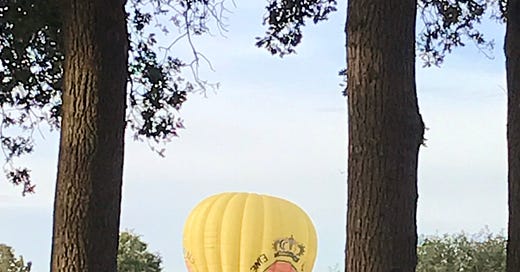




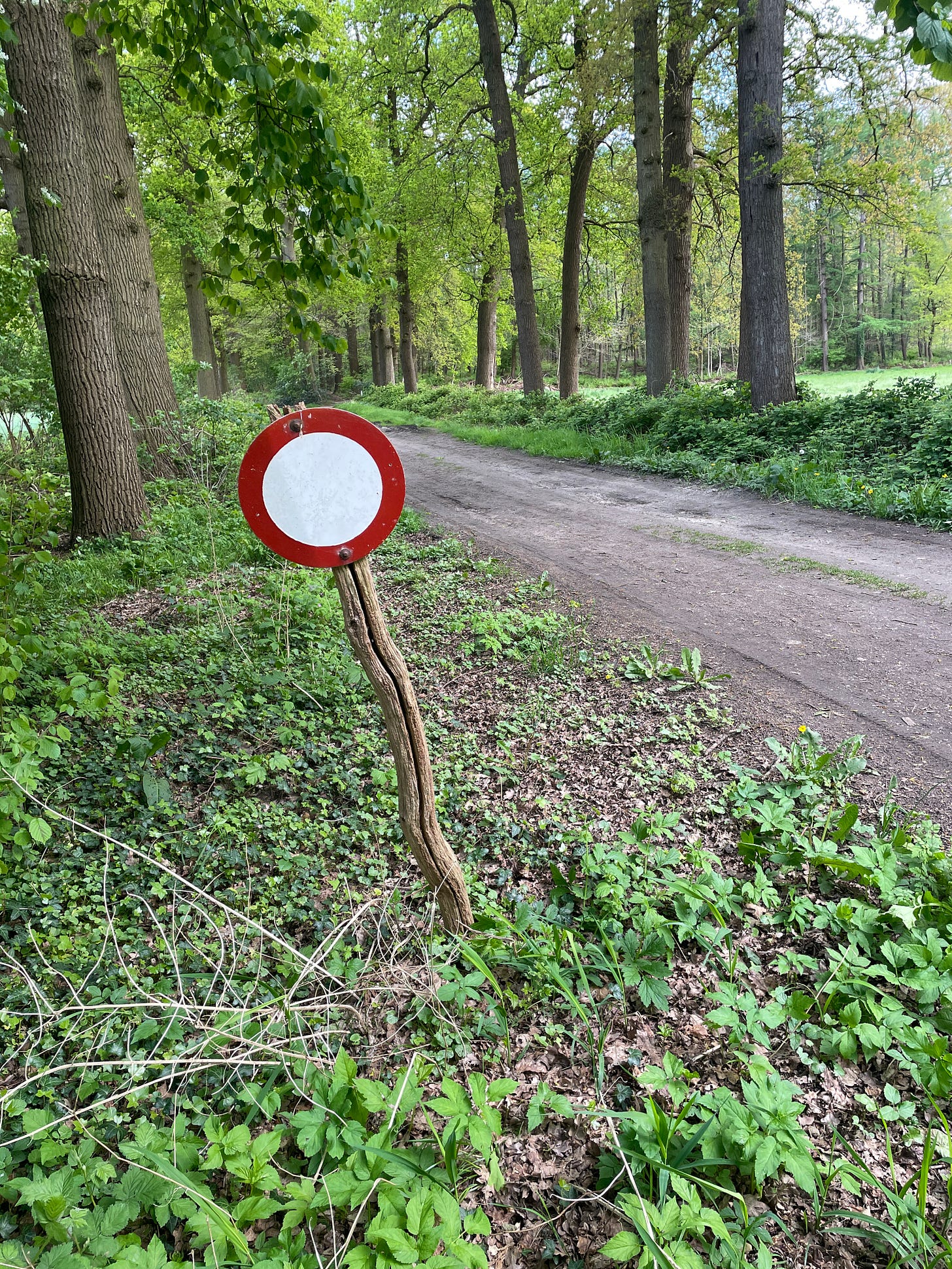
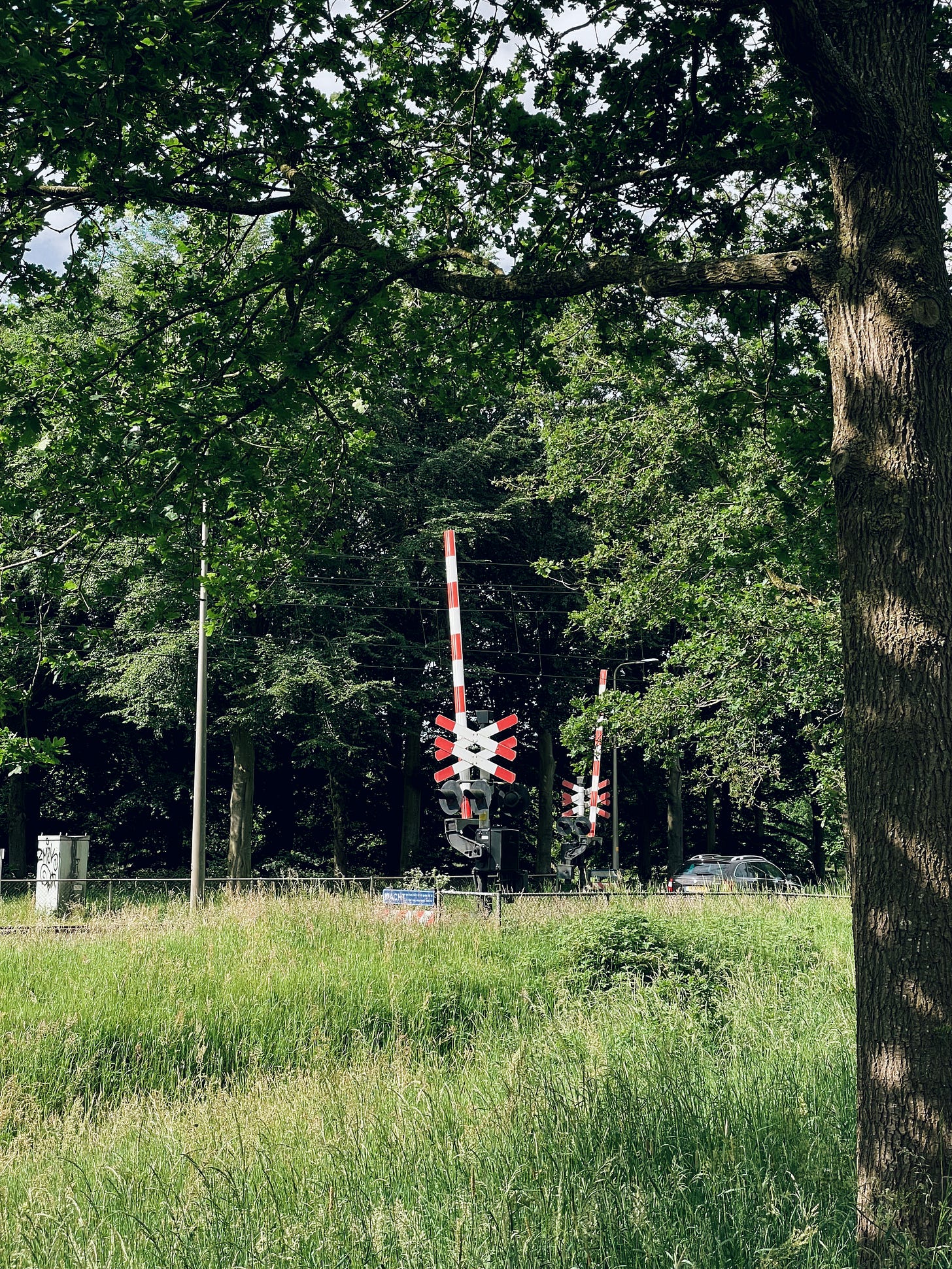
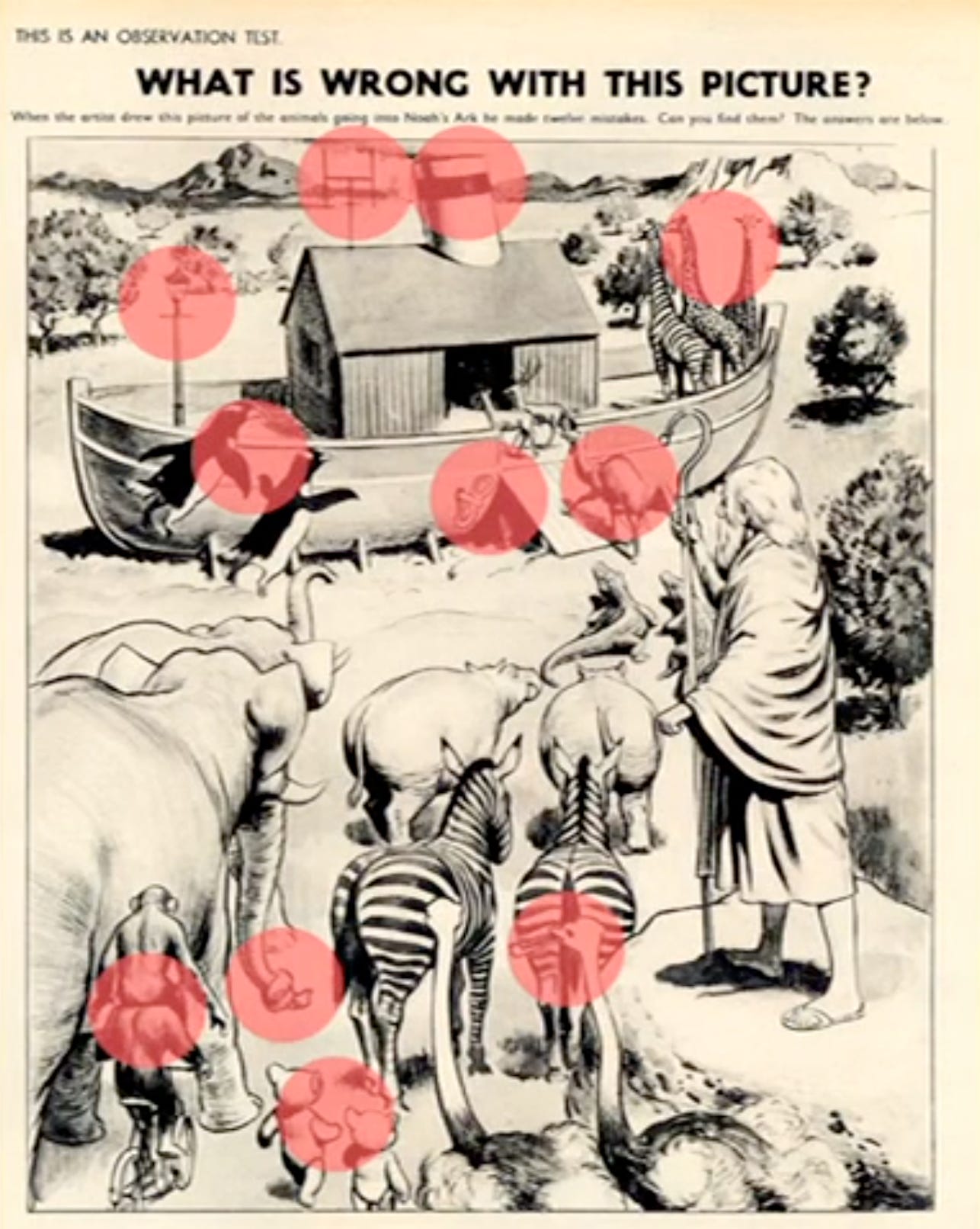
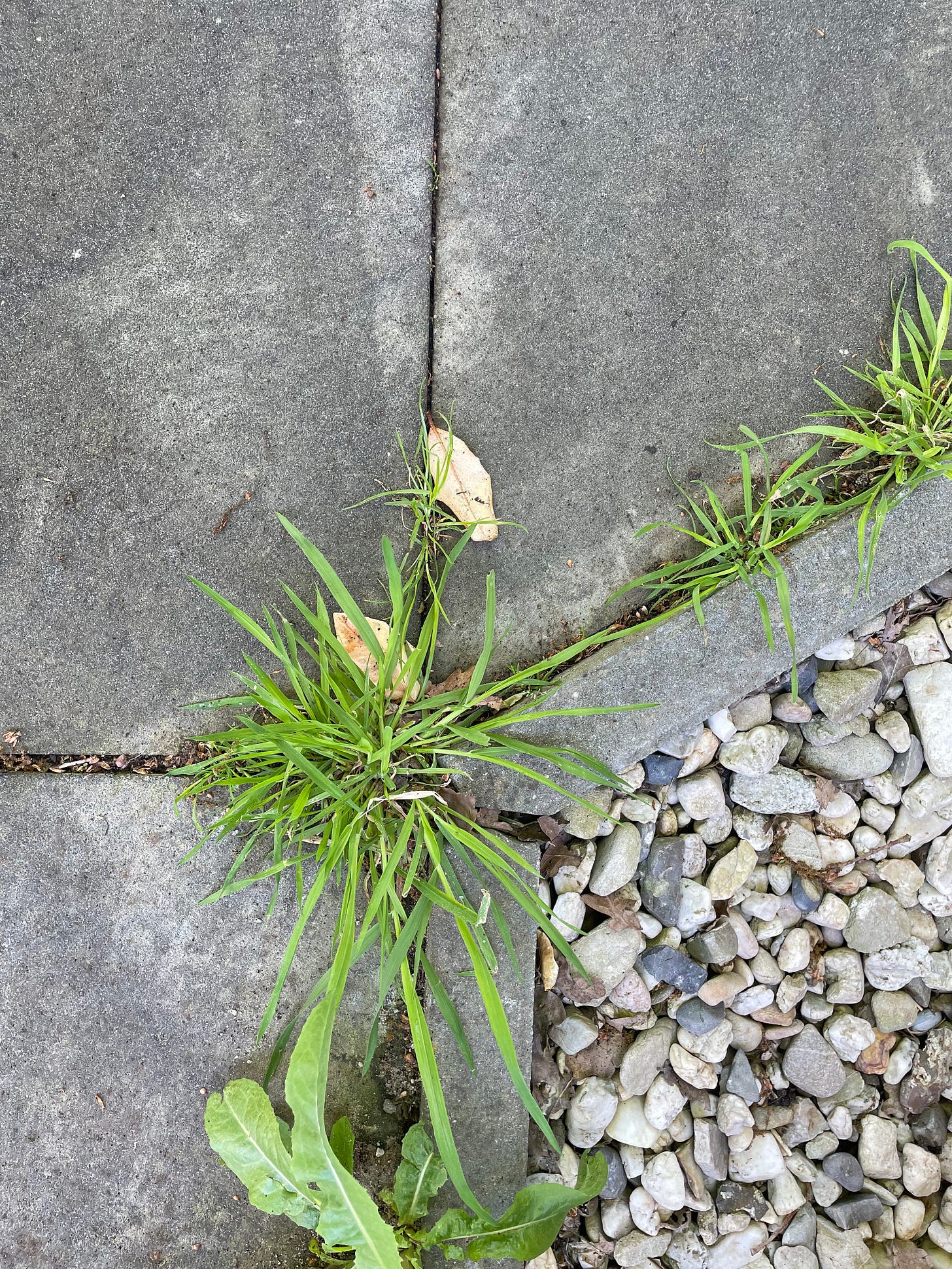

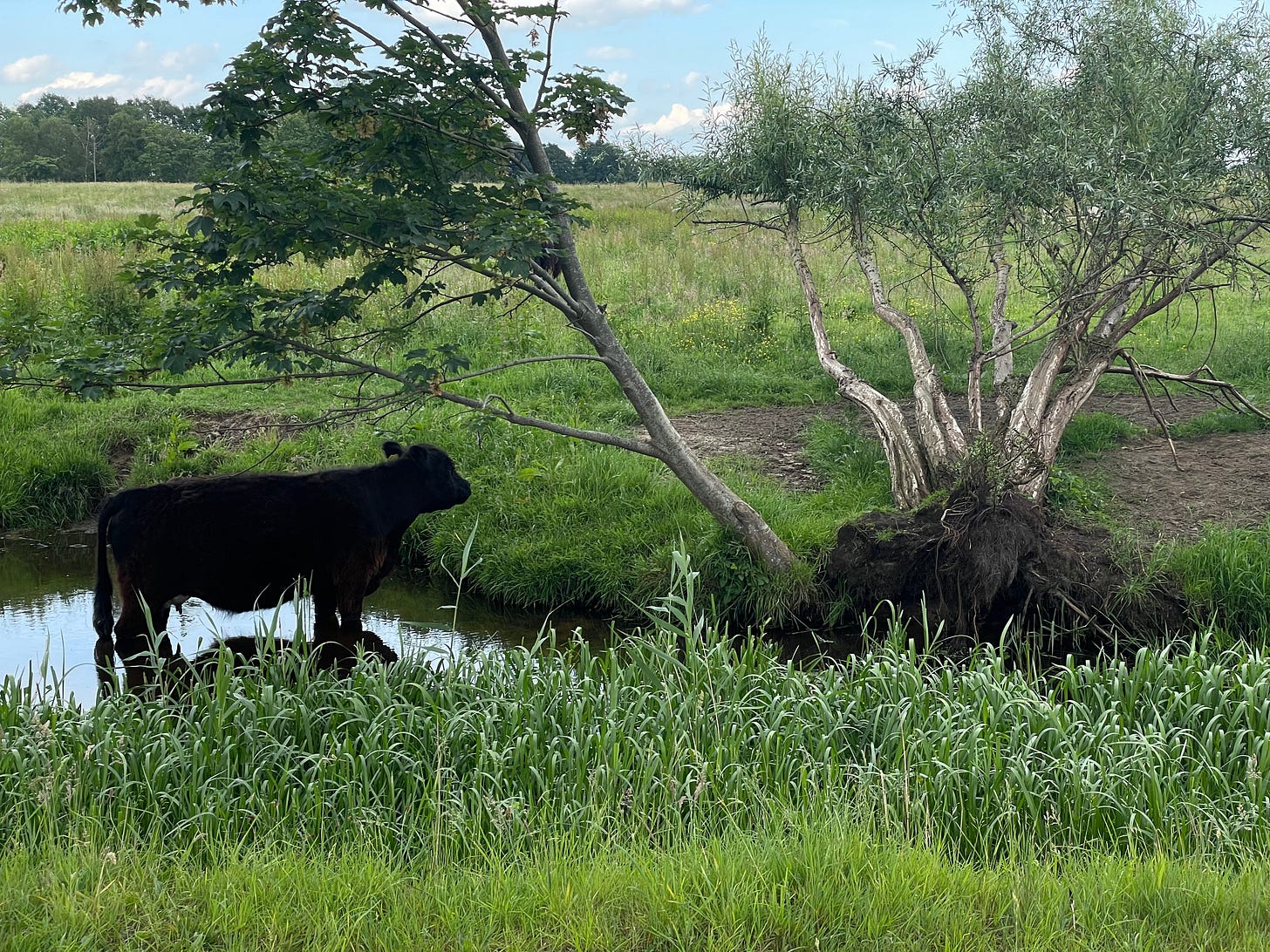
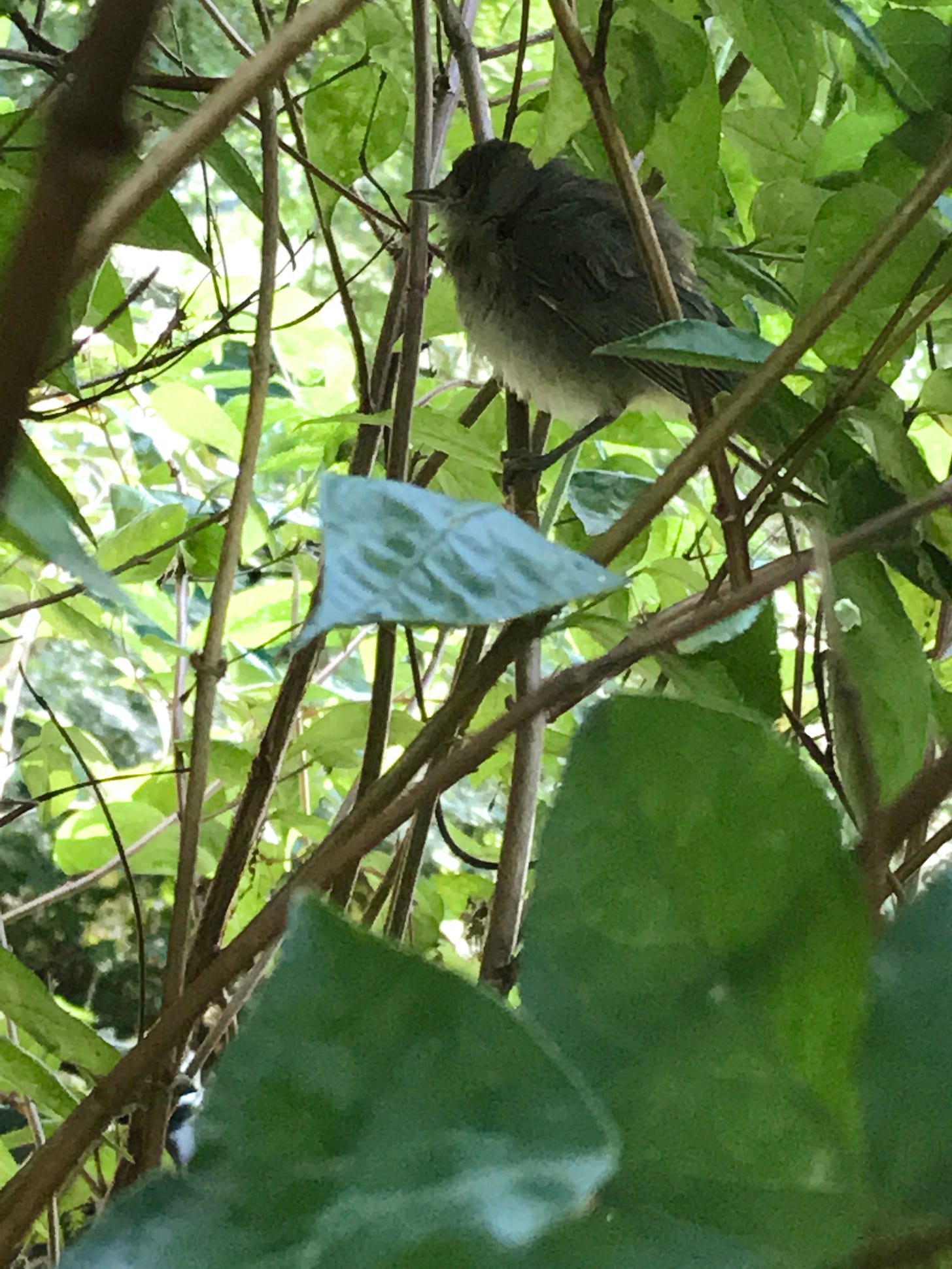

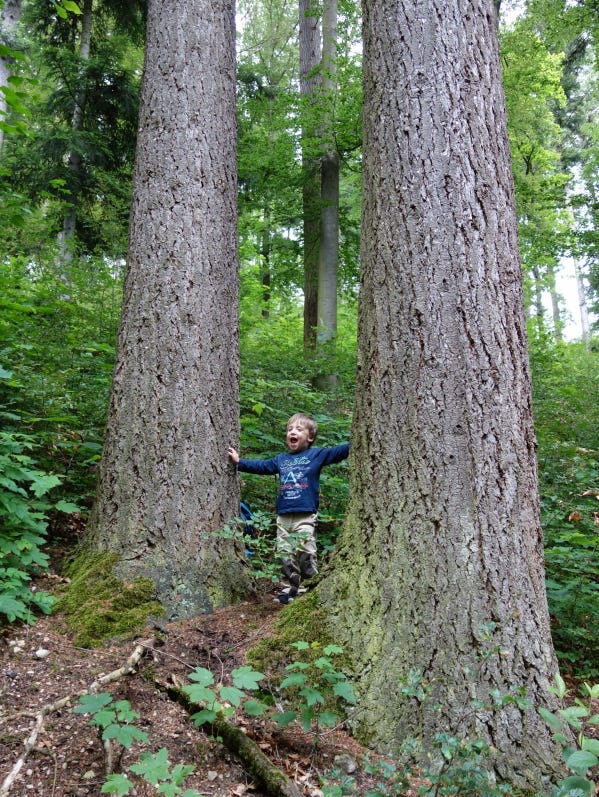

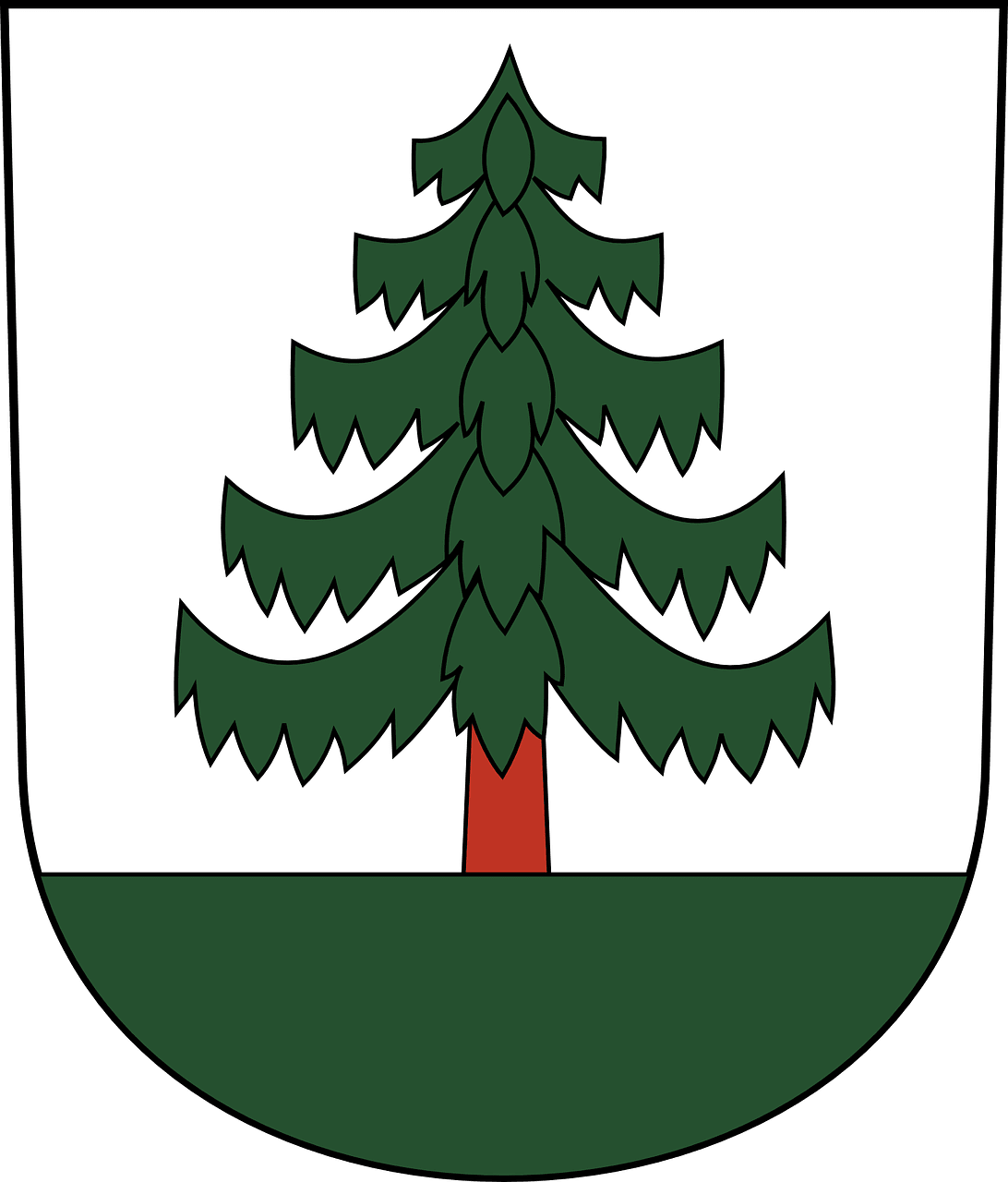
Thank you Peter! ...sadly I am blind about plants and trees! Thank you so much for bringing my attention to this, I hope I will keep it in mind for my next walks and deeply experiencing the "greens". It's really well written.